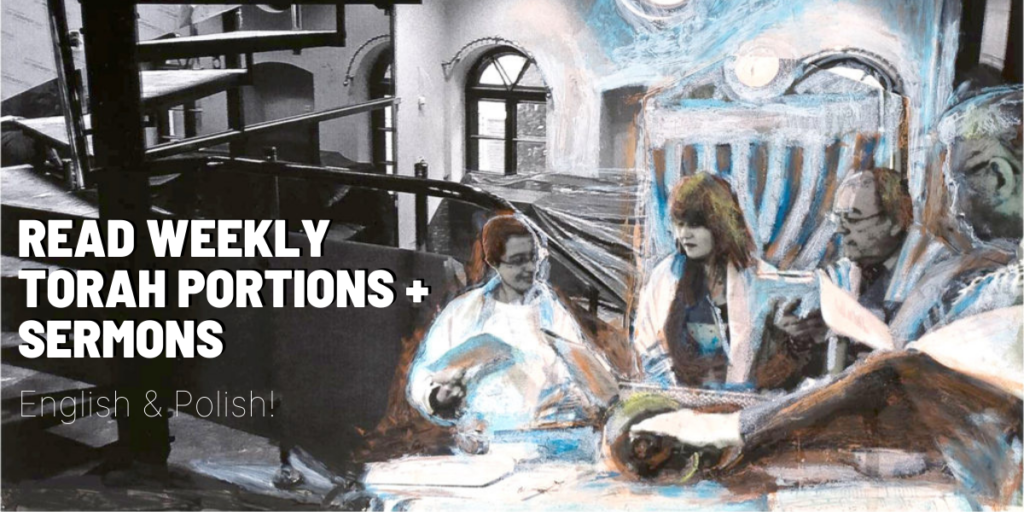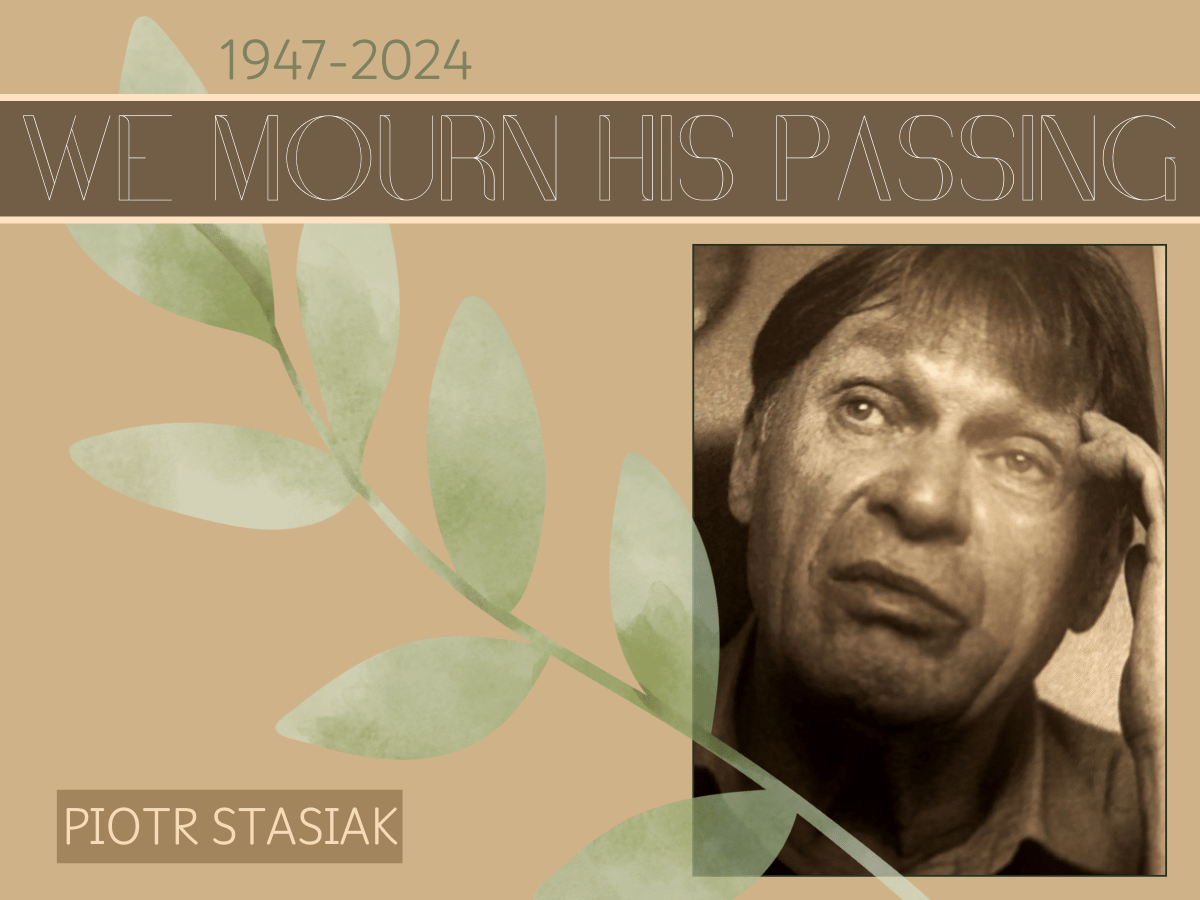
Menachem Mirski
Thoughts on Parashat Tazria
[maxbutton id=”6″ url=”https://polishjewsreviving.org/swiat-dobrowolnych-ofiar/” ] The ancient Israelites, as well as the Sages of the Talmudic era, generally believed that diseases, including skin afflictions, are a result of sin – an improper or immoral behavior. Separating people from the community for this reason was aimed at stopping the spread of the disease – our ancient ancestors knew that fact very well; what they didn’t understand was the biological mechanism that caused the spread. Additionally, the entire ancient Jewish ‘philosophy of medicine’ was entirely focused on preventive measures and avoidance. (contrary to the Greek model that looked for the causes of illnesses within the human body itself – a model that ultimately prevailed and gave birth to modern medicine). Therefore, the main way to preserve health was to alter one’s own behavior so it would exclude the possibility of getting sick, which may not be enough, but is by no means stupid.
Our prophets and rabbis, however, believed also that the form of the punishment reveals also something about the essence of the sin. Therefore, if the punishment was separation of a person from the community, the sin must have had something to do with another type of harm done to the community. The answer was: harmful speech. That’s how all kinds of skin diseases, including leprosy, became a punishment for motzi shem ra (slander, destruction of reputation by spreading falsehoods) and lashon hara (bad, harmful language containing information about facts and events that is, by definition, true, nevertheless spreading this information causes harm and should be condemned, especially if it’s deliberate.
But that’s not the end of the story. When a person afflicted by tzara’at (typically translated as leprosy) is healed, he or she still needs to do something: offer the sacrifice of t’nufah. It is a special sacrifice, often translated as the sacrifice of elevation, which is, however, very similar to the sin offering (chatat) and the guilt offering (asham) in terms of the way sacrifice is done. And here we have a legitimate question: why a person that got afflicted by a skin disease, and who has already received his or her punishment, still needs to make a sacrifice? Wasn’t the physical suffering and isolation enough? There may be many answers to this question; I believe that one of them is that the sacrifice following the healing is meant to correct the initial status quo that caused the entire thing, namely, it is meant to balance the initial lack of sacrifice that should have been made in the first place but wasn’t made and now is the proper time to make up for it.
What sacrifice am I talking about? The sacrifice of one’s own selfishness, egoism, egocentric attitude towards others, lack of which caused the vile, harmful speech in the first place. In fact – and this is my major point today – every proper, social relationship involves some voluntary sacrifices. The entire process of our upbringing and socialization, from childhood to adulthood, is in fact a process of making sacrifices of our immediate desires and needs, aimed at taking into account: 1. the needs and desires of other people, as well as: 2. achieving higher, long-term goals. Those who fail at point nr 1 become antisocial individuals – sociopaths or even worse, psychopaths. Those who fail at point nr 2 become hedonists. That is also why sociopaths resemble toddlers when they throw their tantrums. Only those who “passed the exam of becoming adults” in both of these aspects are capable of making voluntary sacrifices of one’s own immediate desires and needs later in their life, which is essential to be able to truly love other people, form stable, long lasting relationships and truly enjoy life in the human community. Therefore, the sacrifice of elevation (t’nufah) can be understood as the final test if the person is indeed ready to get back into the community.
Shabbat shalom!
Cały nasz proces wychowania i socjalizacji, od maleńkości do dorosłości, jest w istocie procesem dokonywania ofiar z naszych pragnień i bezpośrednich porzeb, majacy na celu uwzględnienie potrzeb i pragnień innych ludzi, a także realizację wyższych, długofalowych celów.


















Leave a Reply